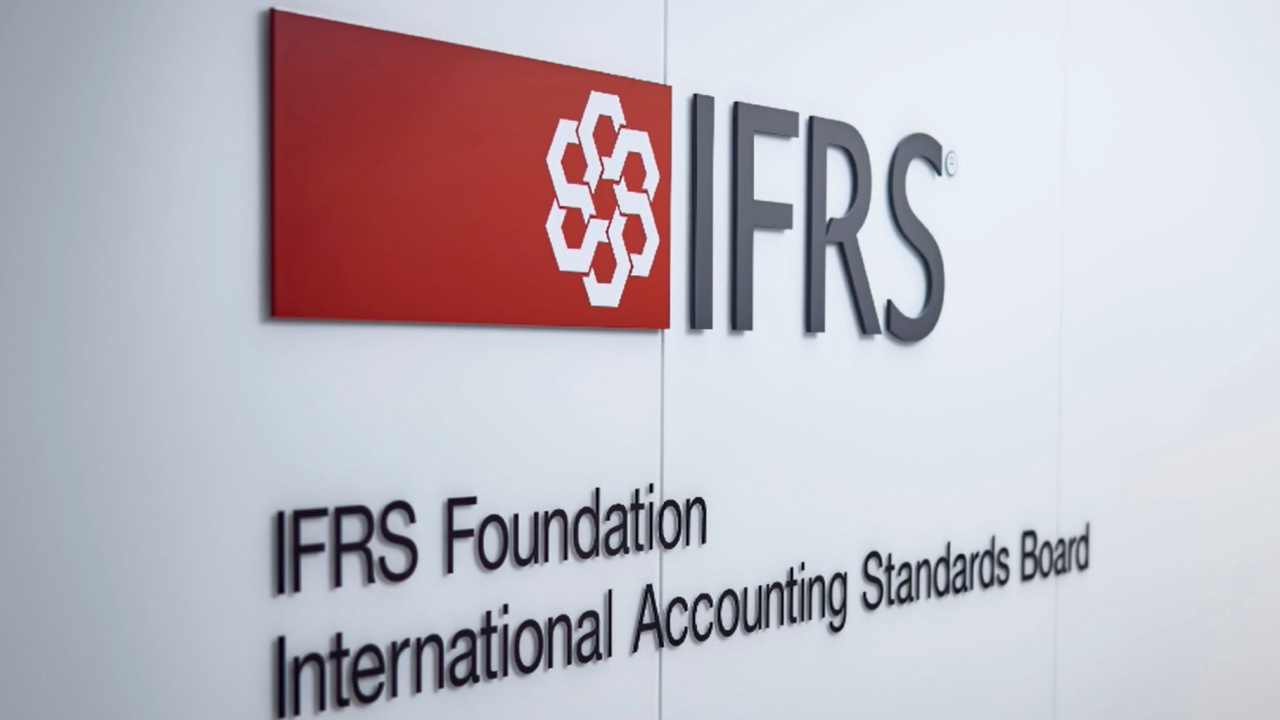The Internal Revenue Service’s strategy for examining claims for the Earned Income Tax Credit are falling short, with nearly one-fourth of EITC payments estimated to be wrong last year and the IRS focusing its efforts disproportionately on some Southern states.
A new
While the EITC helps keep millions of families out of poverty every year, it also accounts for an estimated $27 billion, or 11%, of the individual income underreporting tax gap and has made up nearly 31% of all IRS audits in the last 10 years.
“Without proper controls, billions of taxpayer dollars are vulnerable to erroneous claims and fraudulent tax schemes,” said the report.
The report found the IRS’s EITC examination strategy isn’t part of a larger IRS examination strategy to spot other challenges to taxpayer noncompliance. Because of IRS processing limitations, the IRS doesn’t prioritize certain high-risk EITC claims for examination. The IRS’s examination rates for EITC claims also appear to be disproportionate with respect to certain Southern states, although the examinations are aligned with tax returns flagged by IRS compliance filters.

TIGTA made four recommendations to the IRS to improve its detection and prevention of EITC claims with the highest tax compliance risks. Its suggestions include considering how refundable tax credits could fit into the IRS’s traditional analysis of how taxpayers’ noncompliance contributes to the tax gap. The report also recommended the IRS evaluate the current programming for pre-refund EITC selection to ensure cases are prioritized. TIGTA also suggested the IRS should evaluate and revise the scoring process to make sure the highest-risk cases are available for examination. The IRS should also tailor its EITC-related educational efforts for the states with disproportionate error rates, according to the report.
The IRS agreed with three of TIGTA’s four recommendations and said significant investments have been proposed to address the tax gap, including modernizing the IRS’s technology, improving data analytic approaches, and hiring and training staff dedicated to complex enforcement activities. The IRS also agreed to evaluate the current EITC programming and scoring process. However, the IRS disagreed with TIGTA’s recommendation to tailor its EITC educational efforts for the states with disproportionate error rates, saying it already has extensive outreach and education strategy in place. TIGTA contended that tailoring the IRS’s EITC educational outreach, in conjunction with audit results or concentration of filter breaks, would be beneficial and reduce the disproportionate error rate in certain Southern states.
“Our refundable credit strategy is twofold — to reduce errors and to ensure the credit is provided to eligible taxpayers,” wrote Kenneth Corbin, commissioner of the IRS’s Wage and Investment Division. “More than 70% of our EITC examinations are selected prior to refunds being issued.”
He pointed out that more than half of EITC claims are filed by paid tax preparers and the IRS has an extensive paid preparer strategy that focuses on improving preparer compliance with due diligence requirements that are reinforced during presentations at the IRS’s Nationwide Tax Forums and other conferences and conventions.
Rep. Charlie Crist, D-Florida, and other members of Congress asked TIGTA in 2019 to look into whether a disproportionate percentage of EITC audits were being conducted in certain Southern states after articles in
TIGTA’s analysis of the IRS’s examinations of EITC claims showed that its audit selection process appeared to be disproportionate in a number of Southern states, with Mississippi, Louisiana, Alabama, Georgia, Tennessee, South Carolina, North Carolina, Texas and Arkansas ranking at the top. However, the IRS’s audit selection process focuses on areas where there appear to be the most errors based on the IRS’s compliance filters, and there appeared to be more indications of noncompliance in those states.





